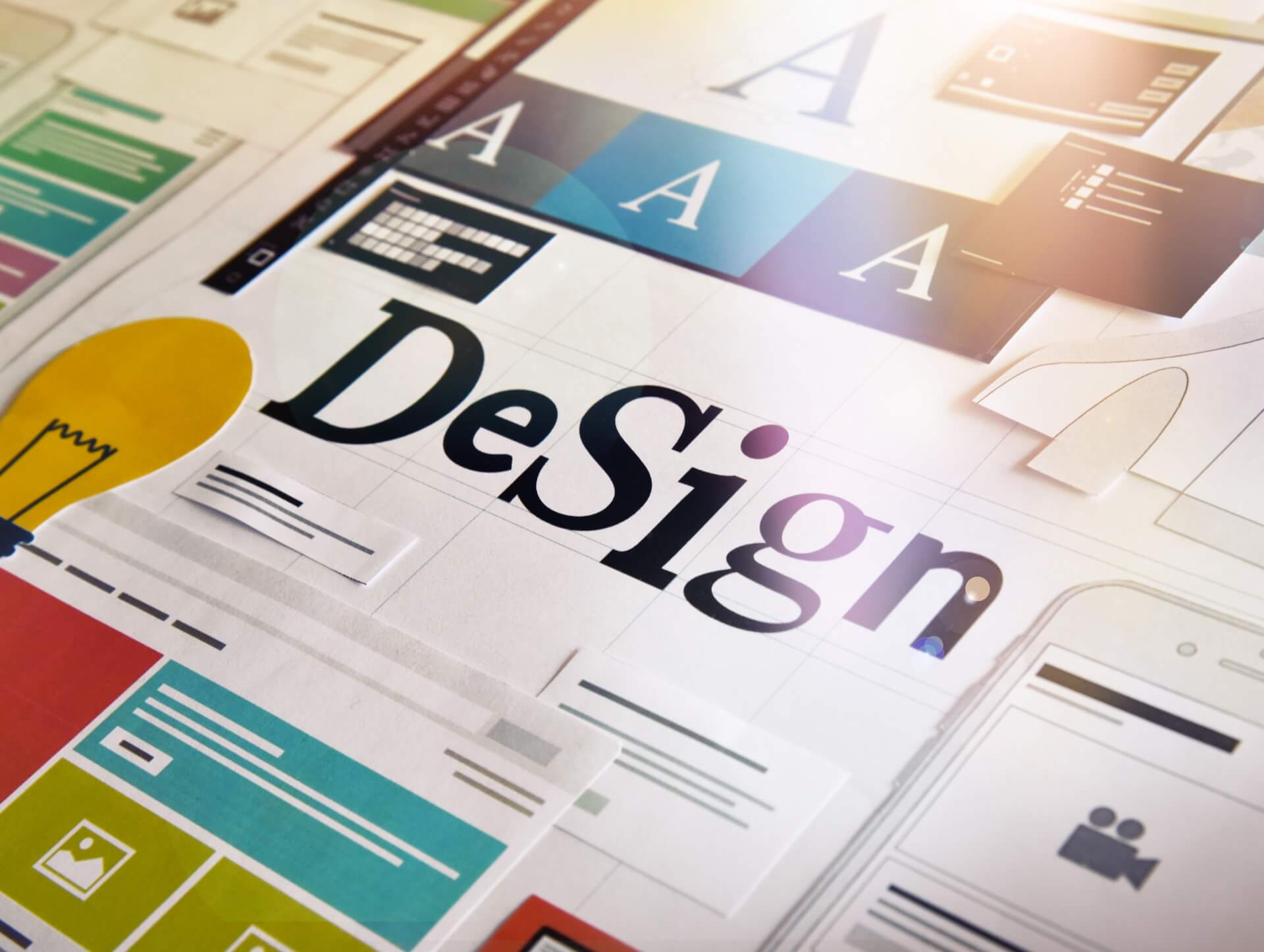The psychology of shapes in graphic design

26/08/2023
In the world of graphic design, shapes play a crucial role in conveying messages, evoking emotions, and establishing brand identities. The use of shapes in design is not arbitrary; instead, it is rooted in the psychology of shapes and their impact on human perception and cognition. In this article, we will explore the psychology behind different shapes and how they influence graphic design.
The Power of Shapes in Graphic Design
Shapes are powerful visual elements that can communicate meanings and evoke emotions without the need for words. They can create a sense of balance, movement, unity, and harmony within a design. When used strategically, shapes can guide the viewer's eye, highlight important information, and enhance the overall visual experience.
The Meaning Behind Different Shapes
Each shape carries its own symbolic meaning, and understanding these meanings can help designers create visuals that effectively communicate their intended message. Let's explore the psychology behind some commonly used shapes in graphic design:
1. Circles
Circles are often associated with unity, wholeness, and perfection. They have no sharp edges or corners, which gives them a sense of continuous flow and infinite movement. Circles are commonly used to represent harmony, community, and connectivity. They can also evoke a sense of trust, as they are often seen as friendly and approachable shapes.
2. Squares and Rectangles
Squares and rectangles are shapes that convey stability, reliability, and strength. They have straight lines and right angles, which give them a sense of structure and order. These shapes are often used to represent balance, professionalism, and efficiency. Squares and rectangles are commonly seen in logos and branding materials for companies that want to communicate a sense of trustworthiness and dependability.
3. Triangles
Triangles are dynamic shapes that can convey a wide range of meanings depending on their orientation. Upward-facing triangles are often associated with ambition, growth, and stability. They can be used to communicate strength and progress. On the other hand, downward-facing triangles can evoke a sense of stability, groundedness, and foundation. Triangles are commonly used in logo design to create a sense of movement and energy.
4. Curved and Organic Shapes
Curved and organic shapes, such as waves, swirls, and blobs, are often associated with creativity, playfulness, and fluidity. These shapes can add a sense of energy and movement to a design and are commonly used in industries such as art, entertainment, and fashion. Curved shapes can also evoke a sense of comfort and relaxation, making them suitable for designs that aim to create a calming and soothing atmosphere.
Using Shapes in Brand Identity
Shapes play a crucial role in establishing and maintaining brand identities. By carefully selecting and consistently using specific shapes, companies can create a visual language that conveys their values, personality, and unique selling propositions. Here are some ways in which shapes are used in brand identity:
1. Logo Design
A company's logo is often the first point of contact with its target audience. The shape(s) used in a logo can greatly influence how the brand is perceived. For example, a technology company may use angular shapes to convey innovation and cutting-edge solutions, while a healthcare company may opt for soft and rounded shapes to communicate care and compassion.
2. Typography
Even the choice of typography can be influenced by the shapes within the letters. Serif fonts, which have small decorative lines at the ends of the letterforms, are often associated with tradition, elegance, and reliability. On the other hand, sans-serif fonts, which lack these decorative lines, convey a more modern, clean, and minimalistic feel. The shapes within the letters themselves can also evoke certain emotions or associations.
3. Packaging and Product Design
Shapes are also important in packaging and product design, as they can influence consumer perceptions and purchase decisions. For example, a food product packaged in a round container may be perceived as more natural and organic, while a product packaged in a square or rectangular box may be seen as more professional and reliable. The shape of the product itself can also contribute to its overall appeal and functionality.
4. Visual Hierarchy
Shapes can be used to create a visual hierarchy within a design, guiding the viewer's eye and highlighting important information. Larger shapes or shapes with more contrast can draw attention and signify the importance of certain elements. By strategically using shapes to establish a visual hierarchy, designers can ensure that the most critical information is effectively communicated and understood.
Conclusion
The psychology of shapes in graphic design is a fascinating field that explores how shapes influence human perception, emotions, and communication. By understanding the meanings behind different shapes and using them strategically, designers can create visuals that effectively convey messages, establish brand identities, and evoke desired emotions. Whether it's a logo, a packaging design, or a website layout, shapes play a crucial role in capturing attention, guiding the viewer's eye, and creating a memorable visual experience. So the next time you embark on a design project, consider the psychology of shapes and harness their power to create impactful and visually engaging designs.
Contact us

Spanning 8 cities worldwide and with partners in 100 more, we’re your local yet global agency.
Fancy a coffee, virtual or physical? It’s on us – let’s connect!

